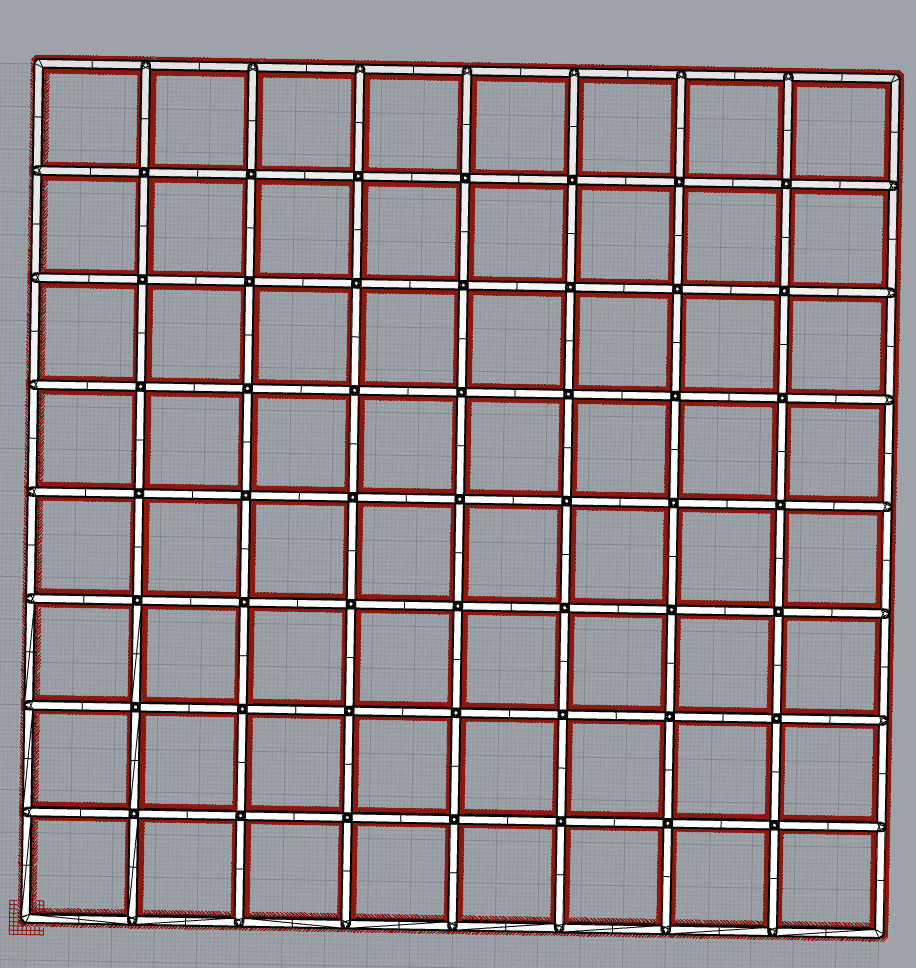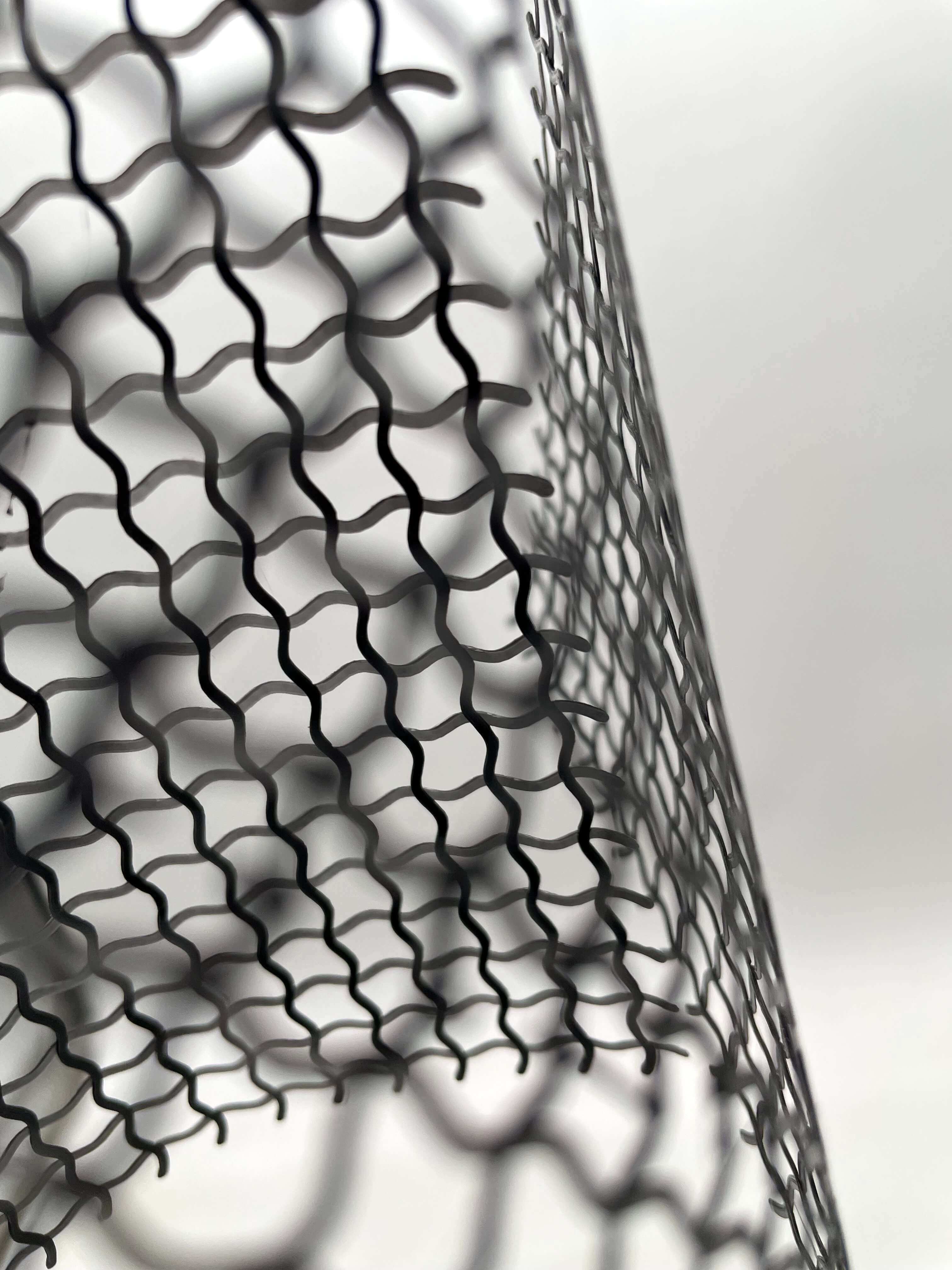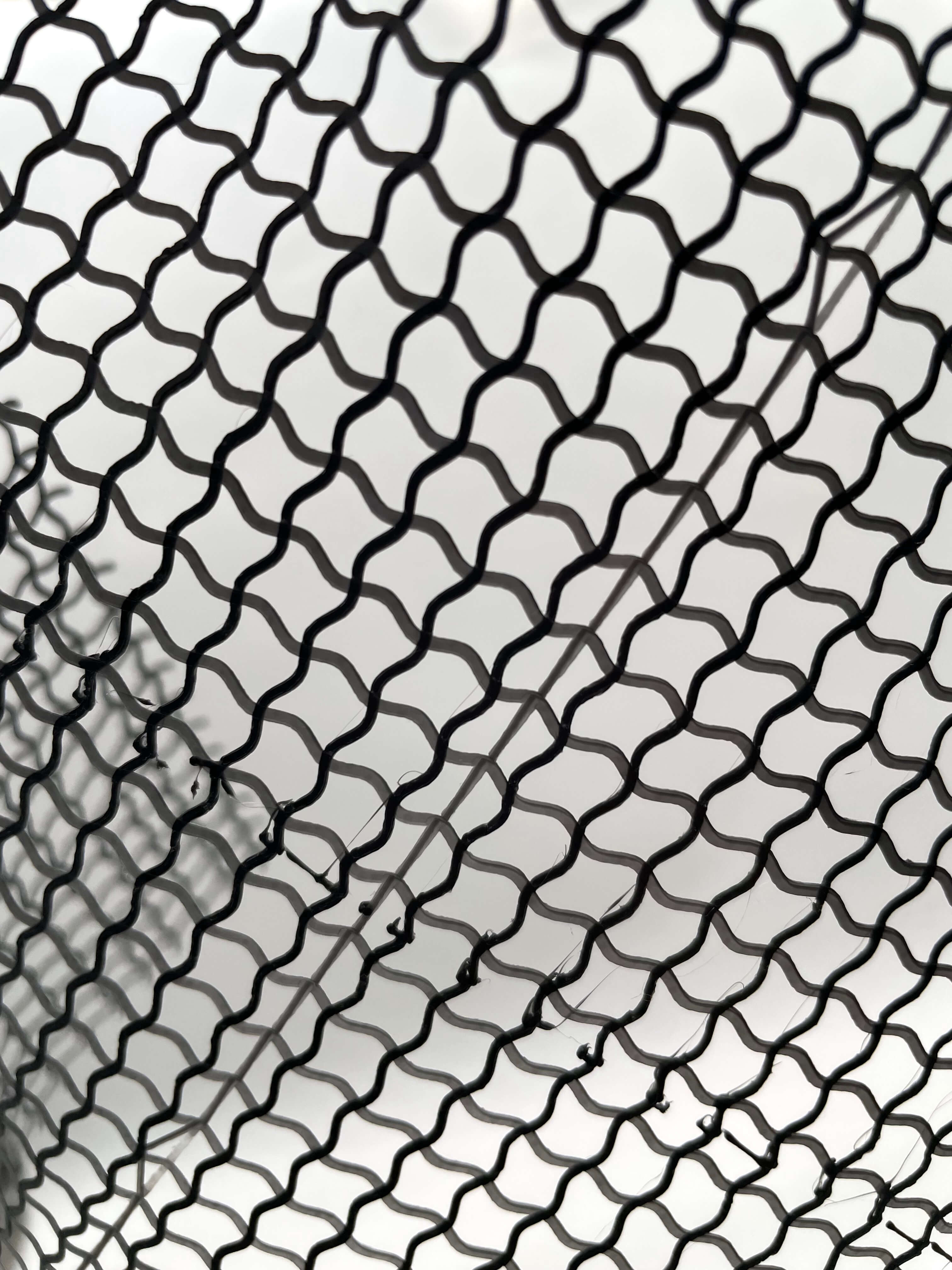7. Computational Couture¶
Overview¶
This week we got started with 3D Printing textiles. I've 3D printed before but only rigid hard materials. We were required to design and print at least one file, created using Grasshopper for Rhino, that demonstrated our understanding of 3D printed textiles. I was less excited about this week because I'm more interested in working with biodegradable materials than plastics but it was good to learn how it works none the less.
We began our week with a visit to Noumana, a design and fabrication studio here in Barcelona where one of our instructors Ana Correa works. It was really fun to see all of the design and concepts to get our inspired for the week.

References & Inspiration¶
For this assignment I drew inspiration from Danit Peleg and Sylvia Heisel. Danit Peleg is a fashion designer from Tel Aviv who 3D printed her entire graduate fashion collection at home on several 3D printers.

Sylvia Heisel is a fashion designer and entreprenuer based in New York City. I met her at her studio back in 2016 when I was at NYU for grad school. I got to see some of her 3D printed fashion collections and talk with her about the bio/compostable filament she used. I can't remember what is is called but I want to reach out to her again to learn more about it.

Research & Ideation¶
In our lecture this week, we went over the different kinds of 3D printing, different kinds of filament, and how to print onto fabric / 3D print a flexible textile.
There are three main kinds of 3D Printing:
FDM: Extrusion The is most commong form. It builds in parts by extruding lines from solid thermoplastic material, which comes in the form of filament. The nozzle follows a predetermined path.
SLA: Light Polymerized Uses a platform submerged in a tank filled with liquid photopolymer resin. Once submerged, a laser maps a cross sectional area (layer) of a pattern across the bottom of the tank which solidifies the material. It prints upside down.
3DP: Powder Bed Uses thin layers of powder with a lense to create object.
There are two main kinds of filament used in 3D printing textiles:
* PLA: a rigid bio composite plastic made from corn.
* TPU: a felxible plastic.
We were introduced to Grasshopper this week because we had to design our 3D models for printing in Grasshopper. Grasshopper is an extension softward for Rhino which allows you to create and duplicate objects much faster. We had three tutorials to cover the basics.
Process & Workflow¶
Getting started with Grasshopper was super confusing for me and it took me a while to understand how it works. I'm still trying to figure it out but like all coding it's like learning a new language.
I designed three files but in the end only had time to print one, but printed the same file multiple times using 3 different printers because there were some failures initially.
Code & Renders¶
Square Grid¶

 First concept to be printed on black spandex fabric.
First concept to be printed on black spandex fabric.
Moire Effect¶

 Second concept drawn using two curve lines and multiplying and rotating them using grasshopper.
Second concept drawn using two curve lines and multiplying and rotating them using grasshopper.
Netting Mesh¶

 Final design concept that was 3D printed.
Final design concept that was 3D printed.
Materials Used:
- TPU Filament (flexible filament)
- 3D Printers: Ender and Creality
How to Design and Print a 3D Printed Textile¶
How to Design a 3D Printed Textile by olivia cueva
Print settings: Speed 50mm/s (direct extruder) Print Temperature: 230 Celcius Bed temperature: 50 celcius
Documenting Failures¶
3D Printing Textiles: Failures by olivia cueva
Final Result¶



I was happy with the final outcome but wished I was able to print all of my files. But I have more weeks to test them out.